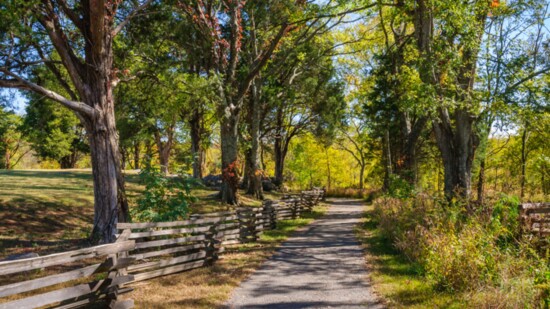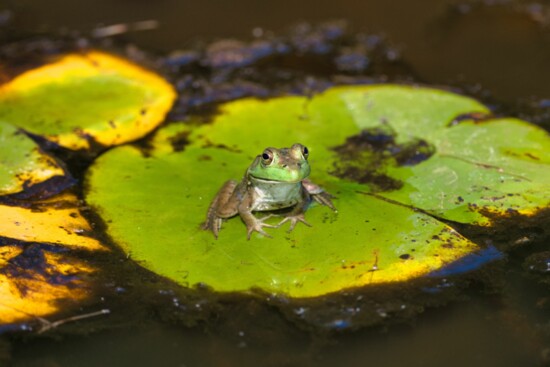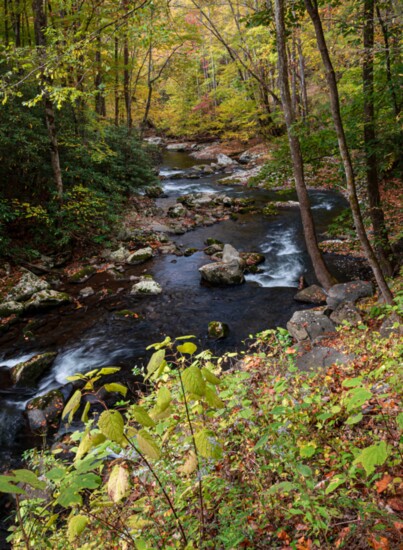Located in the Davis Science Building on Middle Tennessee State University’s campus, the Center for Environmental Education, or CEE, is part of the university’s Biology Department and focuses on improving environmental education in Middle Tennessee.
“We want to raise awareness about the environment and then impart knowledge and teach people the skills that will help them live well and help the environment,” explained Dr. Kim Cleary Sadler. “We want to make people aware of how they need to be responsible for the choices they make. It really does drill down to the ‘power of one.’”
Sadler began her career at MTSU as an adjunct instructor in the Biology Department in 1989. Now, she is a professor of biology education, the director of the Center for Environmental Education and co-director of the Center for Cedar Glade Studies. She has spent her career at MTSU as principal or co-principal investigator on projects totaling more than $6.7 million focused on teaching and learning in formal and non-formal settings.
Dr. Cindi Smith-Walters, former CEE director, now retired and a CEE volunteer, first began working at MTSU in 1993. Founded in the late 1980s, the center operates only on the “soft money.” It can be captured through grant writing. Smith-Walters garnered more than $3 million in grants, which support programs in water quality, solid waste recycling and energy education, amphibian monitoring, invasive pest plants/planting native plants, resource trunks and microscope loan programs, and related curriculum materials, to just name of few.
“We developed the booklet, ‘Discover the Waters of Tennessee,’ which looks at watersheds and has activities and content information that’s presented in a comic book format, so it’s very attractive for kids,” explained Smith-Walters.
The CEE offers workshops for educators, activities, programs, and partners with multiple agencies to share opportunities for the community to take part in.
The CEE also promotes things people can do at home to help the environment. “The wonderful thing about people doing things at home to help the environment – recycle, reduce, reuse, and rethink – is they are also saving themselves money,” Sadler continued. “It is a win for the planet and people.”
On campus, the CEE established MTSU as a Level 2 Arboretum; selected trees have QR tags to scan. In collaboration with Vanderbilt University, there is a digital walking tour of the trees. The Science Building courtyard has a native plant Monarch Way Station to attract important pollinators.
Another opportunity for the public is the Tennessee Amphibian Monitoring Program or TAMP. Participants get trained to listen for the calls of frogs and toads before traveling specific assigned routes in Tennessee to stop, listen, and record the species they hear.
For more information about the TAMP program, contact Bob English at 615-210-8774 or by email at engc205@aol.com.
“We want to take people from awareness to action in their daily lives,” Smith-Walters said. “If a person is not aware, then they’re not going to take action, so if we can create that awareness, then the possibility of someone doing something to meet the need is so much greater.”


